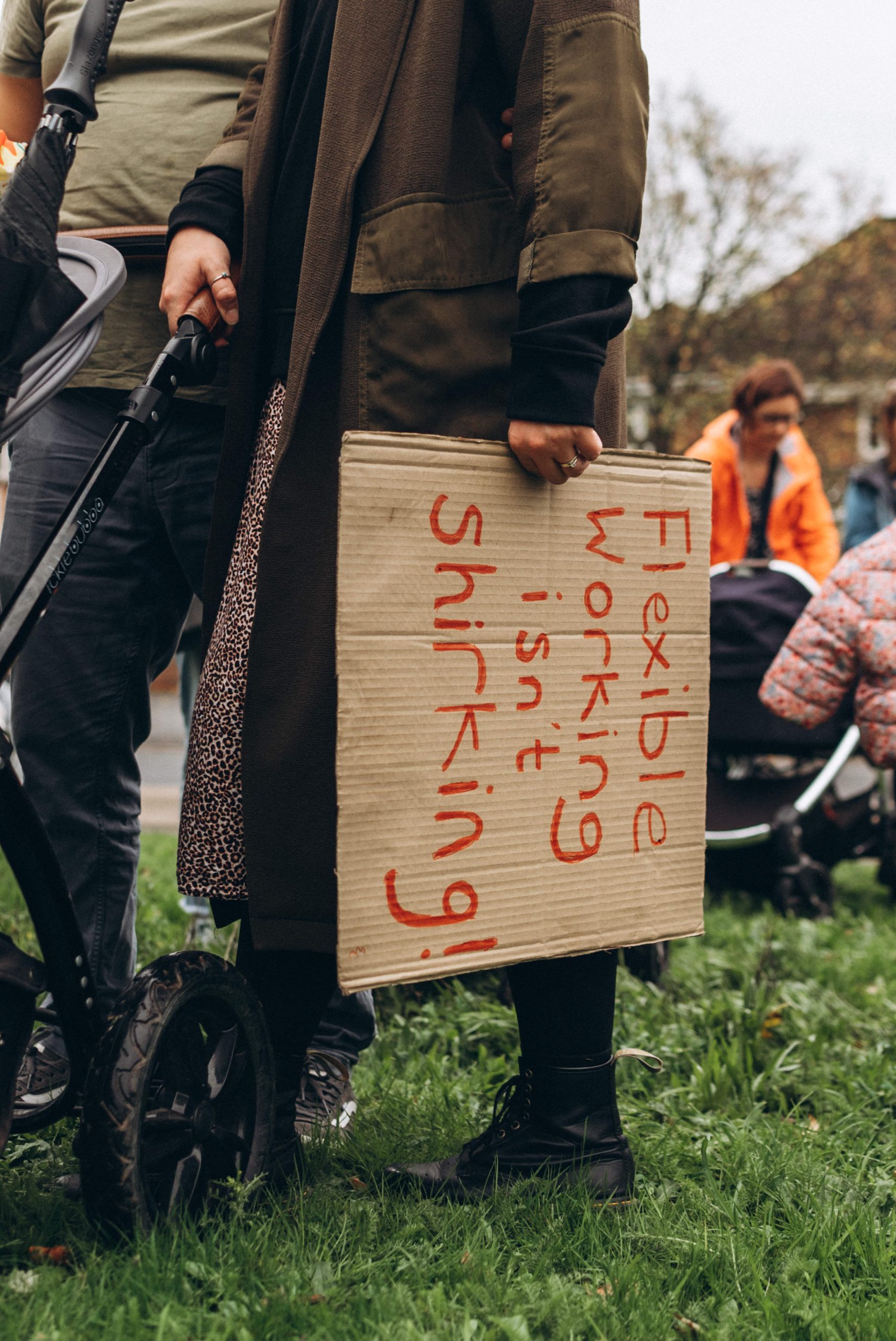This factsheet gives you FACTS and TIPS on your rights when you’re returning to work following a period of family leave. The below information is correct as of January 1st 2025 and was kindly drafted by The Chester Community Law Project from The University of Chester’s School of Law and Social Justice Department for Pregnant Then Screwed.
PART ONE – PHASED RETURN TO WORK
FACT: you are allowed to take up to ten keeping in touch (KIT) days whilst you’re on maternity or adoption leave and twenty days during shared parental leave, without ending your leave or disrupting your pay.
TIPS:
– You can use your KIT days to stay up to date with what is happening at work, complete your normal work activities or attend training courses.
– If you have more than one job, you can take your allocation of KIT days for each job.
– If you only work a few hours on one day, it will still use up one whole KIT day.
– Payment for a KIT day will depend on what is agreed between you and your employer.
– If you do not want to take any KIT days, you don’t have to. They are completely voluntary, and your employer cannot make you do this.
FACT: You can ask to be reintroduced to the workplace gradually, through a phased return to work.
TIPS:
– This can be done by using KIT days or the annual leave you have accrued during your maternity leave to, for example, work shorter weeks for a temporary period.
– Your employer is not obliged to agree to a phased return, but research has shown that both parties benefit from a phased return to work.
FACT: You can make a request for flexible working if you would prefer to alter your hours on a more permanent basis.
TIPS:
– We have a factsheet on Flexible Working – please click here to read it
PART TWO – BREASTFEEDING RIGHTS
FACT: It is good practice for employers to provide facilities for you if you are breastfeeding.
TIPS:
– Legally, employers are obliged to provide you with somewhere to rest, including to lie down if you need to.
– Whilst not a legal requirement, it is also considered good practice for employers to provide you with a hygienic, private area so that you can express milk if you want to, and somewhere for you to store the milk.
– You should discuss your wish to breastfeed/express milk with your line manager before you return from maternity leave, so they have some time to put arrangements in place before you return.
– Your employer doesn’t have to allow additional breaks for you to express milk. BUT if your employer can’t prove that allowing you a break for this reason would have an unacceptable impact on their business, you may be able to bring a claim against them.
PART THREE – CHILDCARE COSTS
FACT – You may be entitled to help with your childcare costs through benefits, free early years education and/or tax-free childcare.
TIPS:
If you’re eligible for Universal Credit you may be able to claim back up to 85% of your childcare costs from the government (see this link: https://www.gov.uk/help-with-childcare-costs/universal-credit)
If your child is between 3 and 4, they are entitled to free childcare or early education, and this may extend to 2-year-olds if you are on a lower income:
– For Wales: https://gov.wales/get-30-hours-childcare-3-and-4-year-olds
– For England: https://www.gov.uk/find-free-early-education;
– For Scotland: https://www.mygov.scot/childcare-costs-help/funded-early-learning-and-childcare
Separately, tax-free childcare enables eligible parents of children 11 or under (and disabled children 17 or under) to receive a contribution from the government of 20% of their childcare costs, up to an annual limit. There is more information on this scheme here: https://www.gov.uk/tax-free-childcare
PART FOUR – TIME OFF FOR DEPENDANTS AND CARERS’ LEAVE
FACT: after returning to work, you may be eligible for unpaid time off to provide or arrange for care for your child:
– Time off for Dependants: a reasonable amount of time off during working hours when something happens to your child or your childcare setting;
– Carers’ leave: up to one week’s unpaid leave in each rolling 12-month period if you have a dependant with a long-term care need.
TIP: please see our fact sheet on Time Off for Dependants and Carers’ Leave for further detail.
With special thanks to




